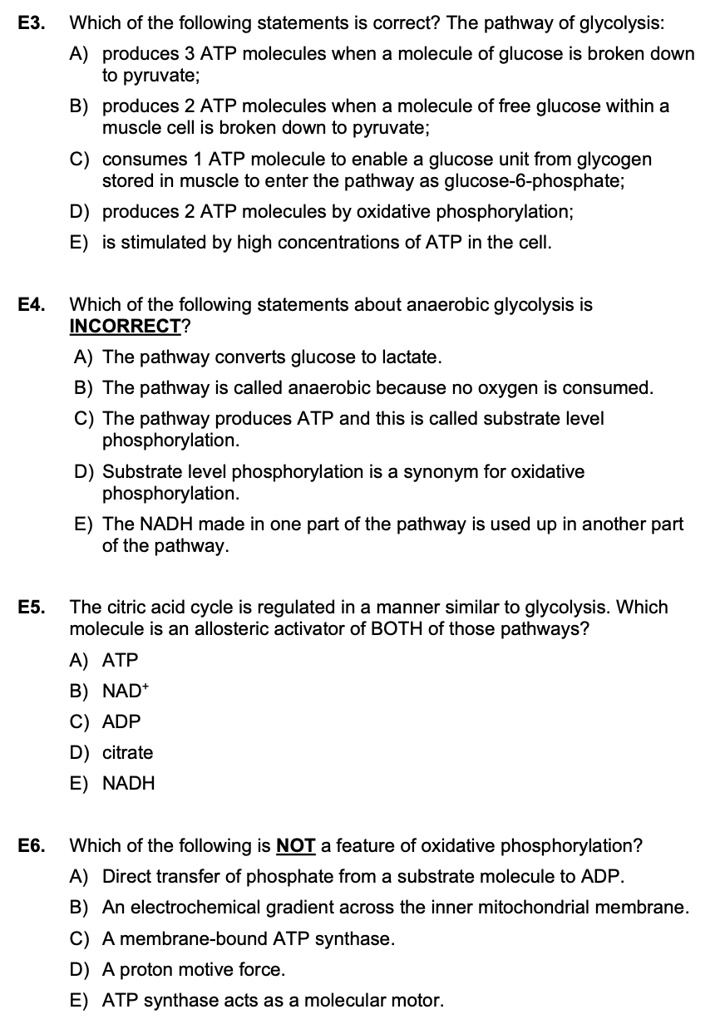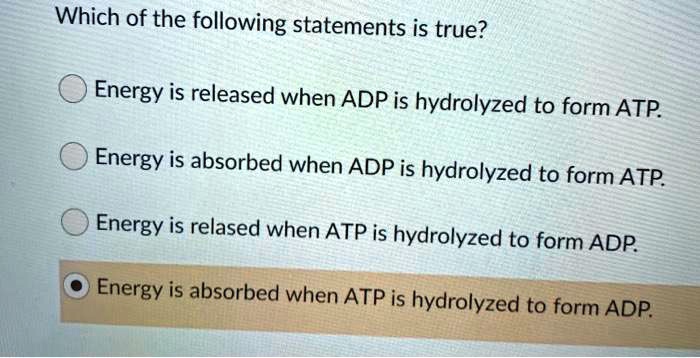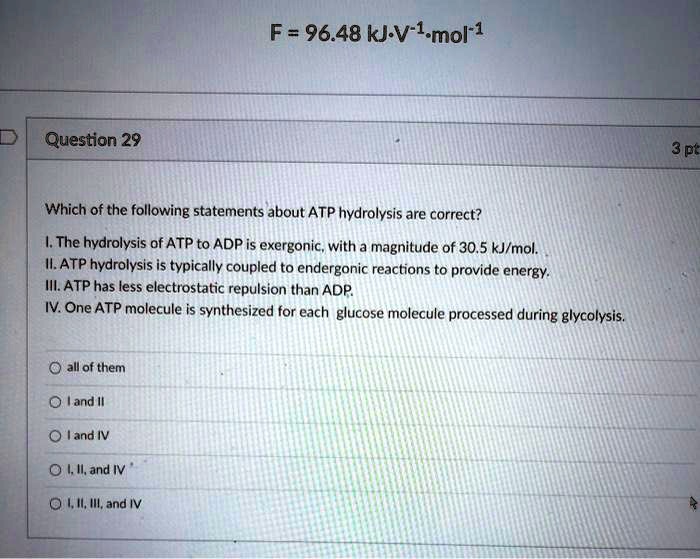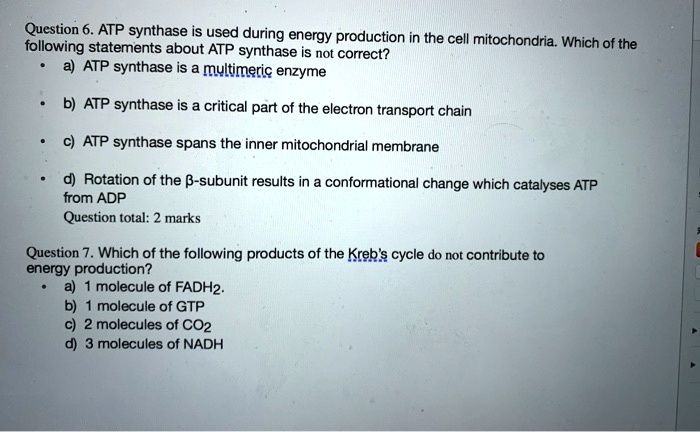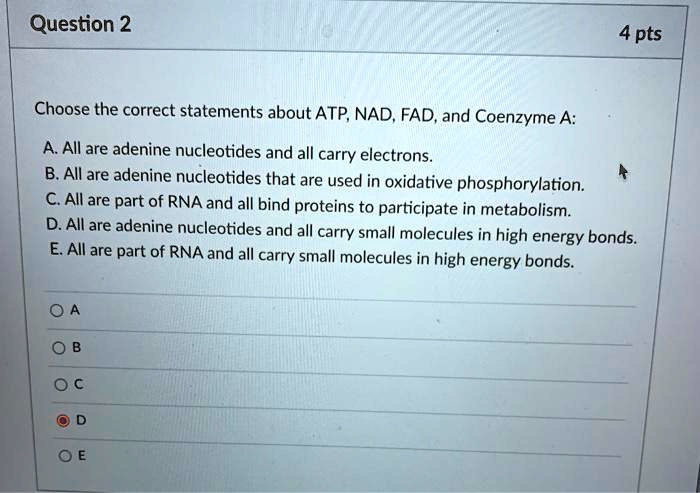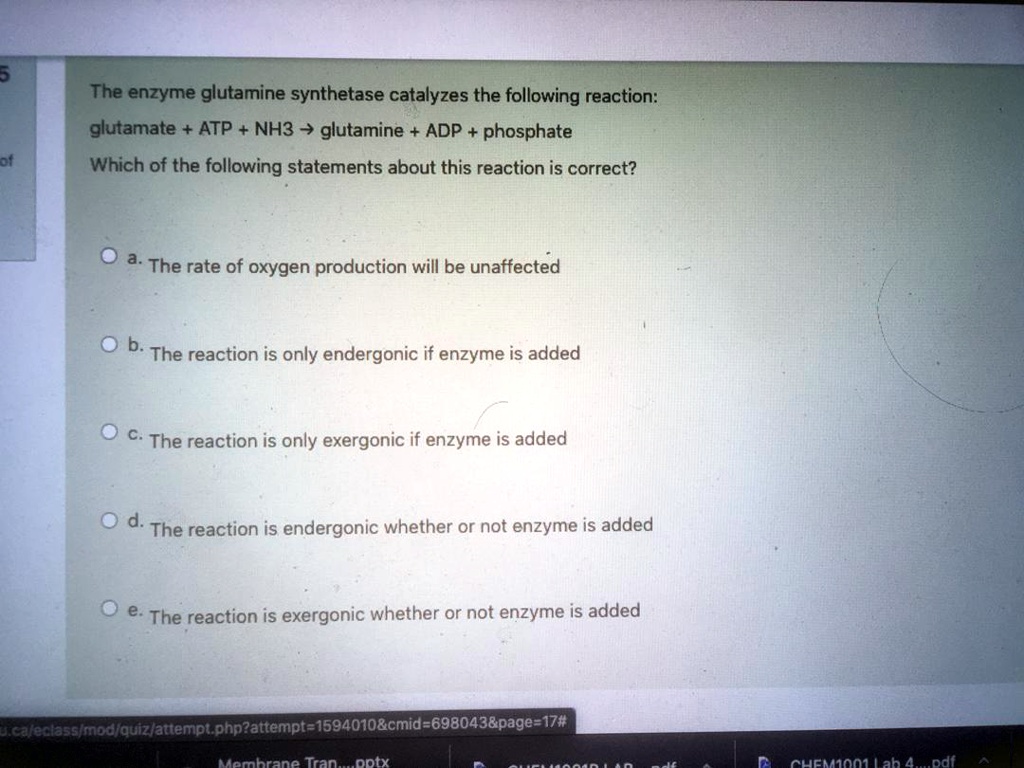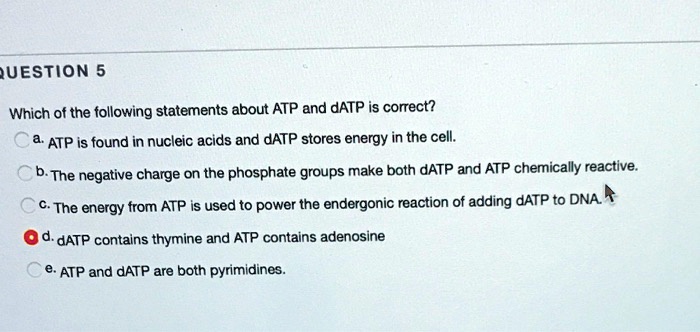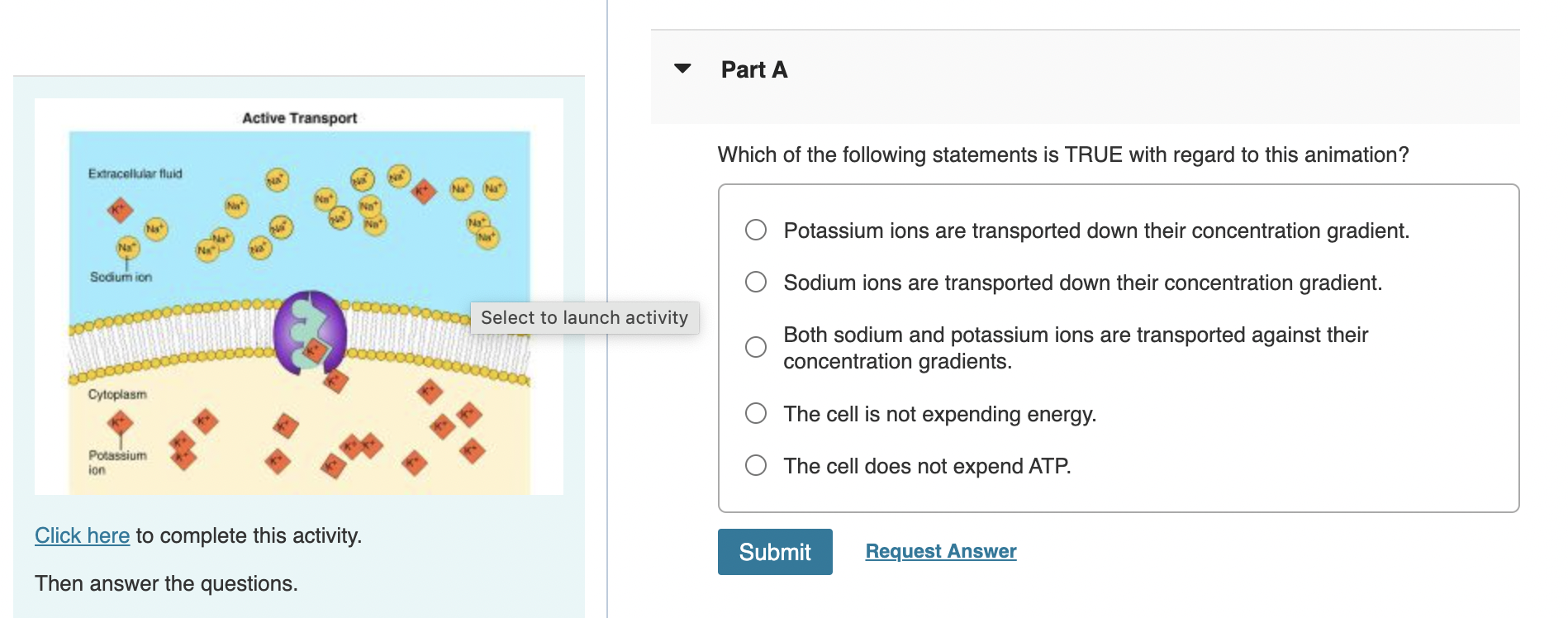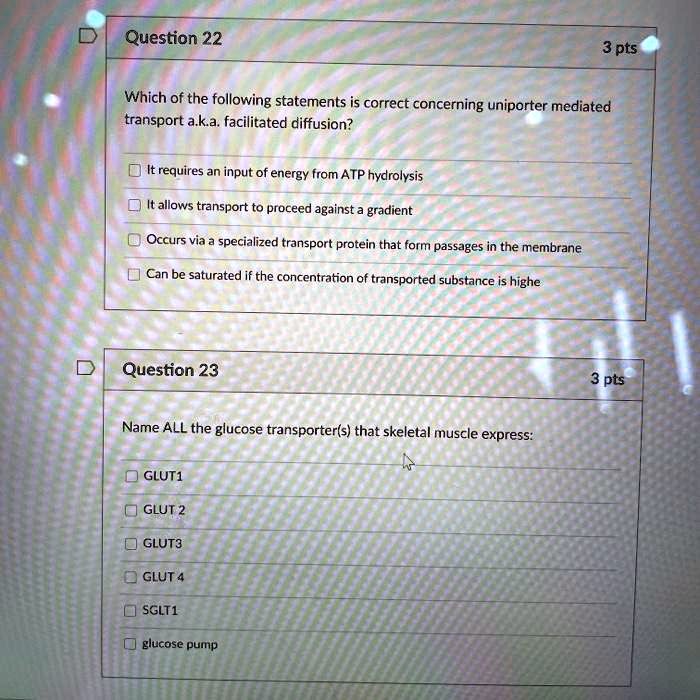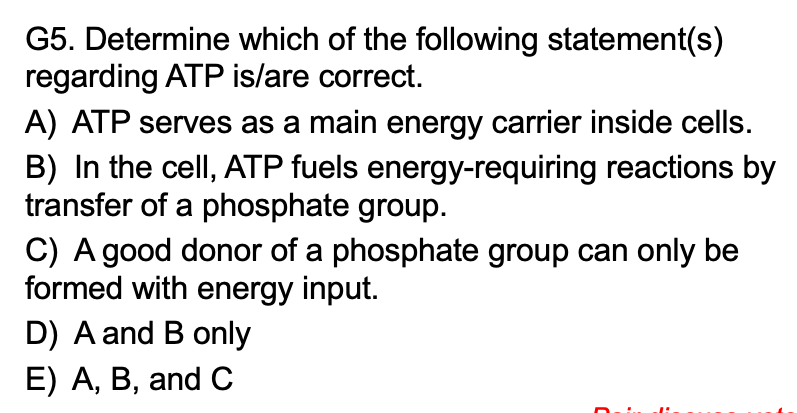Which Of The Following Statements About Atp Is Correct

Confusion reigns as students and professionals grapple with fundamental ATP knowledge. The seemingly simple question, "Which of the following statements about ATP is correct?" continues to stump many, triggering widespread calls for clarity.
This article breaks down the correct answers and clarifies common misconceptions surrounding ATP (adenosine triphosphate), the primary energy currency of cells. We aim to provide a concise and definitive guide, preventing further confusion and ensuring accuracy in biological understanding.
The Correct Statement: Unveiled
After extensive review and analysis, the accurate statement regarding ATP is: "ATP is a nucleotide that functions as the main energy currency of the cell." This encompasses ATP's role in powering cellular processes.
This statement highlights ATP's essential function. It underscores its crucial role in sustaining life at a cellular level.
Debunking Common Misconceptions
Many incorrect statements circulate, muddying understanding of ATP. One common error is confusing ATP solely with long-term energy storage.
In reality, ATP is a short-term energy carrier. It's rapidly generated and consumed to fuel immediate cellular needs.
Another misconception is that ATP is only produced during respiration. While respiration is a major source, ATP is also generated through other processes like photosynthesis in plants.
ATP: The Cellular Powerhouse - A Closer Look
ATP consists of an adenosine molecule bonded to three phosphate groups. The bonds between these phosphate groups store significant chemical energy.
When one phosphate group is removed through hydrolysis, energy is released. This energy fuels various cellular activities, converting ATP to ADP (adenosine diphosphate).
This cycle of ATP breakdown and regeneration is continuous. It ensures a constant supply of energy for cellular functions.
Where ATP is Produced: Major Sites
ATP production occurs primarily in the mitochondria. This is the powerhouse of eukaryotic cells, through a process called oxidative phosphorylation.
In prokaryotic cells, ATP is produced in the cytoplasm and across the cell membrane. These lack mitochondria.
Photosynthesis in plants generates ATP in chloroplasts. This ATP is then used to synthesize sugars during the Calvin cycle.
When ATP is Needed: Ubiquitous Demand
ATP is required for nearly all cellular processes. This includes muscle contraction, nerve impulse transmission, and protein synthesis.
Active transport of molecules across cell membranes requires ATP. It maintains proper cellular environment and functions.
Cell division, DNA replication, and RNA transcription are also ATP-dependent. It's essential for growth and reproduction.
Why This Matters: The Foundation of Biology
A clear understanding of ATP's role is fundamental to biology. This knowledge is essential for students, researchers, and healthcare professionals.
Misconceptions about ATP can lead to flawed interpretations of biological processes. It can hinder progress in medical research and treatment.
Accurate ATP knowledge empowers informed decision-making. It advances scientific understanding and innovation.
How to Avoid Confusion: Key Takeaways
Focus on understanding ATP as the cell's primary energy currency. Recognize its role in short-term energy transfer.
Avoid confusing ATP with long-term energy storage molecules like fats or glycogen. These serve different purposes.
Regularly review and reinforce your understanding of ATP's structure and function. This ensures accuracy and prevents misconceptions.
Moving Forward: Ensuring Clarity
Educational resources and curricula must emphasize accurate ATP information. This proactive measure will prevent future confusion among learners.
Further research and clarification will benefit advanced understanding of ATP. This should explore its intricate roles in various cellular contexts.
Continued education and updated resources are key. This will ensure a solid foundation of ATP knowledge for all.
